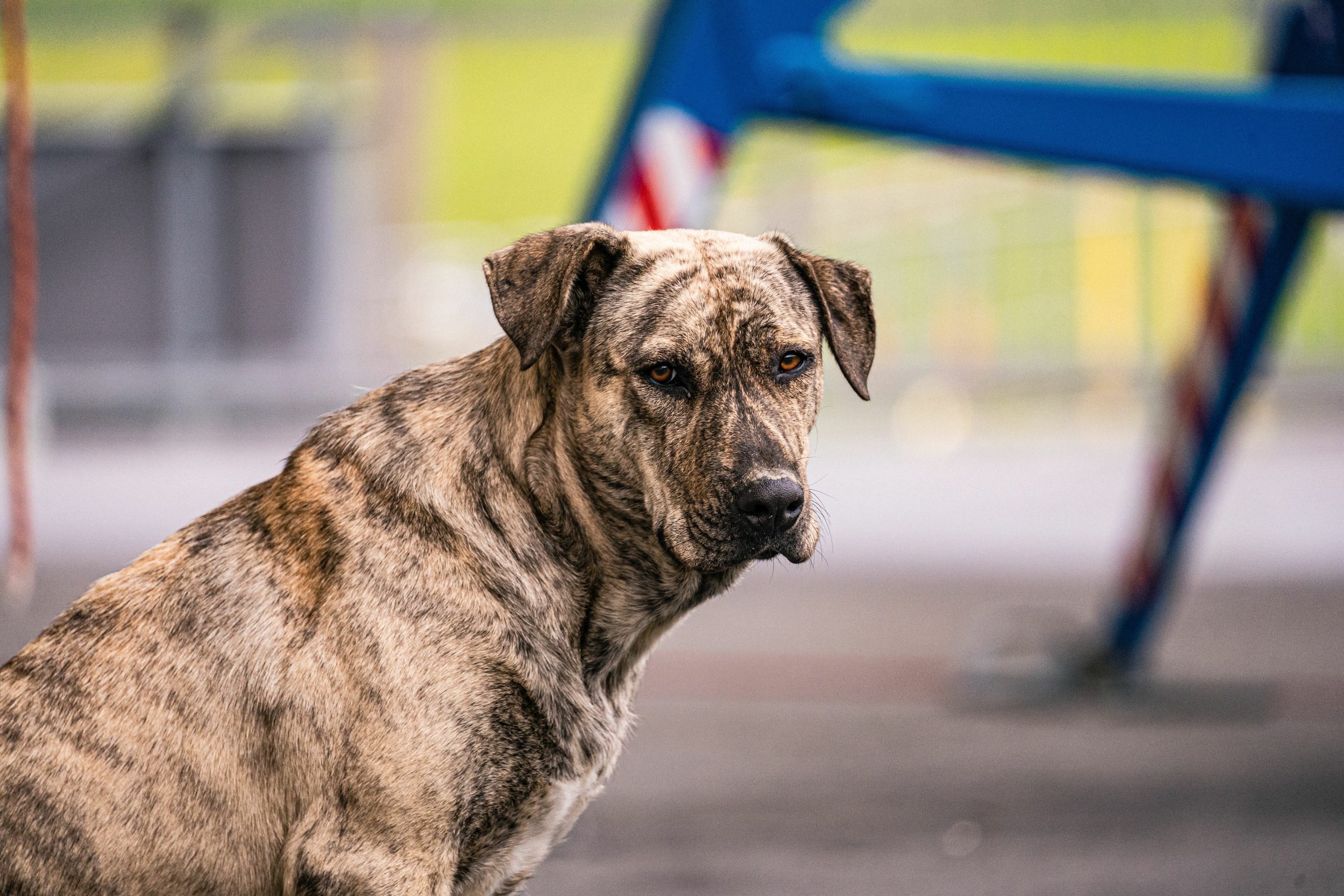
The story of this handsome dog is a harrowing one.
Brought to Uruguay by Spanish and Portuguese conquerors in the 17th century, the dogs were later abandoned when the explorers left Uruguay. They became feral, but with ample food and no known predators, their population grew. Known for ferocity, the dogs became a real problem when they started killing sheep and cattle, and threatening people. In the late 1700s, authorities encouraged, and indeed, ordered the mass killing of these dogs, and tens of thousand dogs were slaughtered. The breed survived, however, because mothers took their puppies into caves and woodlands near the Oliver River and in the Otazo Hills. Only the fittest, strongest and smartest dogs pulled through this near extinction.
In time, it dawned on ranchers and farmers that these dogs might be domesticated and serve a purpose. The hunting and killing stopped, the dogs were captured and tamed, and a fabulous new helper was discovered. The dogs became fantastic guard dogs, indispensable as hunting dogs and cattle herders.
The dog – the only native dog of Uruguay – is called Cimarron Creole in its native land, “Cimarron” literally meaning wild or untamed, but when the FCI recognized the breed on a provisional basis in 2006 (and by the United Kennel Club the same year), it was given the official name “Cimarron Uruguayo.” This outstanding guard and working farm dog is now the most sought after dog breed in Uruguay, and so popular that even the 39th and 41st president of Uruguay, Tabare Vasquez, had one.
Image of a closeup of a Uruguayan Cimarron by Fedir Samoilov/Wirestock Creators/Adobe Stock Photo

the dogs of Uruguay are amazing very lmpressed.
Wish we could see them firsthand, Marcel!!
Hi.. Is my dog a Cimarron uruguayo?
Grateful for your opinions..
Greetings
We can see why you’d suspect so, Nova, and honestly, we don’t know. People need to get their hands on a dog to ascertain with certainty, but for what it’s worth (and coming from non-experts on the breed), we doubt it. The breed standard for the United Kennel Club writes that the breed has drop ears, and your girl doesn’t. Her head seems different too. The standard indicates that the skull is wider than it is long, and that the muzzle is broad and powerful, and only slightly shorter than the skull. Your girl has a lovely head, but it doesn’t resemble the heads of Cimarrons we’ve seen in photos. Look for yourself and compare: https://duckduckgo.com/?q=Cimarron+Uruguayo+standard&iax=images&ia=images
TEETH